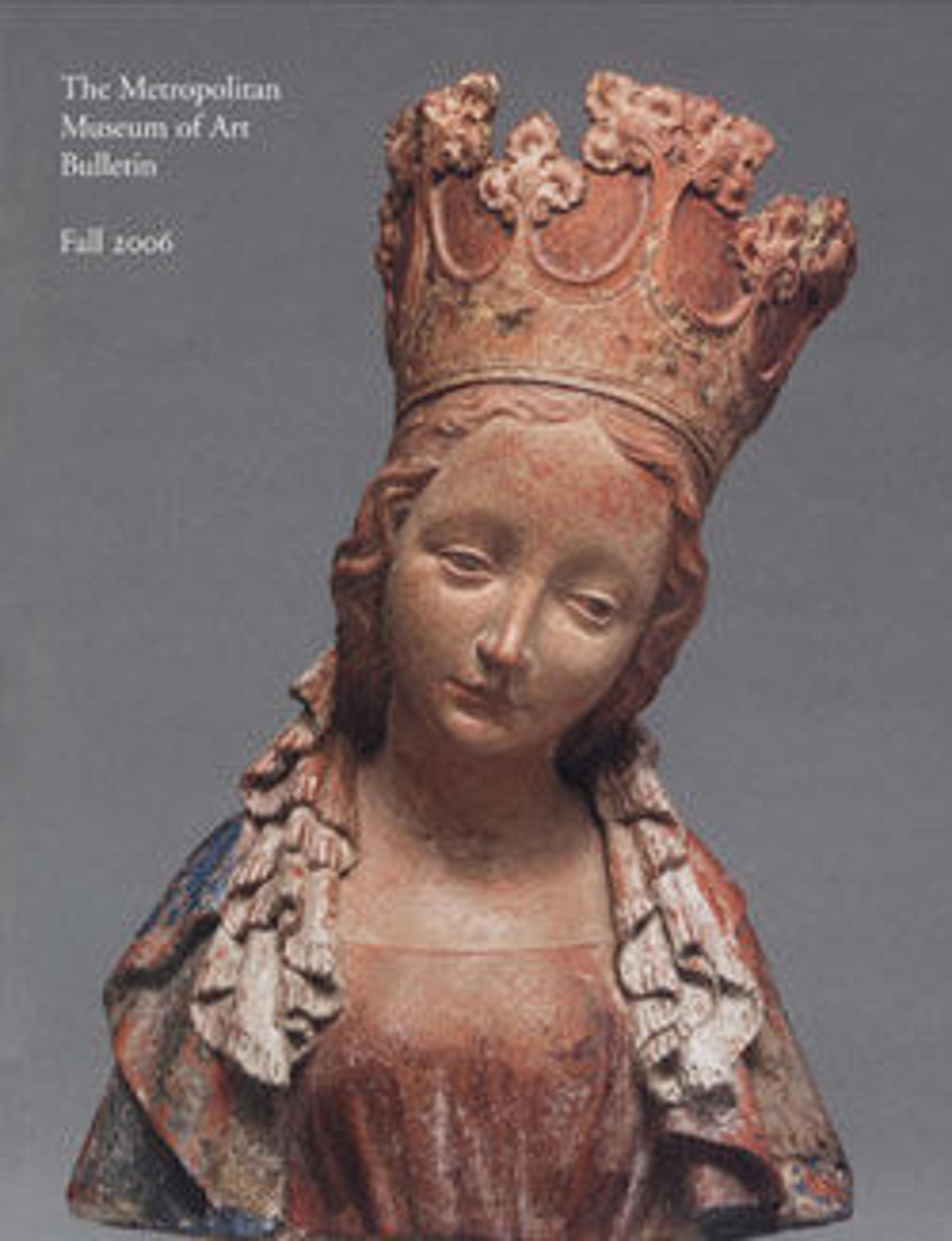Study Sheet with Three Women and a Boy
Rembrandt often picked up pen and paper to capture a briefly glimpsed pose or a fascinating character he observed on the street, and he also made sketches to work out the expression or stance of figures destined for prints or paintings. He may have drawn the figures on this sheet from life, but the costume of the old woman viewed from several angles as well as her pose and the pose of the young man in the center suggest that they were ultimately intended as studies for biblical characters. In a few loose strokes of iron-gall ink, Rembrandt masterfully communicated surprise in the old woman at the top and humble submissiveness in the man at the center. Both these sketches relate loosely to figures in Rembrandt's etching The Angel Departing from Tobit's Family, dated 1641, and may represent his initial thoughts for these characters. The combination of broad pen strokes (in the drapery) and more refined lines (in the face of the old woman at the top and on the right) is typical of Rembrandt's drawing style of the late 1630s.
Artwork Details
- Title:Study Sheet with Three Women and a Boy
- Artist:Rembrandt (Rembrandt van Rijn) (Dutch, Leiden 1606–1669 Amsterdam)
- Date:ca. 1638–39
- Medium:Pen and brown ink
- Dimensions:sheet: 8 11/16 x 6 7/16 in. (22 x 16.4 cm)
- Classification:Drawings
- Credit Line:From the Collection of Rita and Frits Markus, Bequest of Rita Markus, 2005
- Object Number:2005.330.16
- Curatorial Department: Drawings and Prints
More Artwork
Research Resources
The Met provides unparalleled resources for research and welcomes an international community of students and scholars. The Met's Open Access API is where creators and researchers can connect to the The Met collection. Open Access data and public domain images are available for unrestricted commercial and noncommercial use without permission or fee.
To request images under copyright and other restrictions, please use this Image Request form.
Feedback
We continue to research and examine historical and cultural context for objects in The Met collection. If you have comments or questions about this object record, please contact us using the form below. The Museum looks forward to receiving your comments.
